Leaving aside the firing process of Tenmoku, as the first tea bowl of the Song Dynasty, Tenmoku was ubiquitous in the tea-loving lives of the Song people. If Tenmoku were toxic, then our thousands of years of history would have ended in the Song Dynasty. Fujian produces and sells tea, and Nanping produces good tea bowls. Local people cannot do without Tenmoku for drinking and entertaining guests. Self-use items are always carefully chosen, and harmful chemical glazes are never used. Although Tenmoku seems relatively unpopular in China, it has long been recognized by the Japanese collection industry, and several rare Yǎo Biàn Tenmoku are regarded as national treasures and priceless treasures.

White porcelain, celadon, and other porcelain have a lustrous and clear appearance because they contain less iron. The less iron in the porcelain, the lighter the color and the whiter the porcelain. Tenmoku, on the other hand, took a different approach and pioneered the high-iron black porcelain. There was a reason for this. The soil in Jianzhou, Jidong, was mostly red soil with high iron content. The black Tenmoku made from local materials was an extremely intense black that contrasted sharply with white. Moreover, due to a special firing process, the glaze of Tenmoku also has a strange luster.
The body material used to fire Tenmoku is the local characteristic red sticky porcelain clay, and the main component of the glaze material is stable oxidized iron ore and wood ash rich in trace elements. After many years of development, the Tenmoku production process has matured, and the safety of the finished products has passed the tests of relevant departments and the market. In terms of safety and stability, it is absolutely not inferior to other porcelain. When firing Tenmoku, it must be heated to a temperature of over a thousand degrees Celsius, which is enough to oxidize and decompose harmful substances.
The varied colors of the glaze on Tenmoku are due to the different valence oxides of the iron elements formed in a high-temperature reducing atmosphere. Some are trivalent, some are tetravalent, and even more complex products exist. The iron crystals that have cooled have moved away from their initial distribution due to the previous reactions, forming different patterns and textures on the black glaze. Iron elements themselves have a strong coloring effect, and there is no need for additional pigments. Adding heavy metals such as lead and cadmium only increases production costs.
Tenmoku is not only non-toxic but also has certain antivirus functions. Its eco-friendly place of origin ensures its purity, and its high iron content cements its status as a leading tea cup. Nanping, where it is produced, is a well-known forest area in Fujian Province. As the saying goes, there are eight forests, one water, and one field in the area, with high air quality and a considerable amount of animal and plant resources. The local tourism industry is centered around many scenic spots led by Wuyi Mountain, and necessary natural protection measures are also very advanced and mature. Local specialties such as Wuyi Rock Tea, Shunchang Bamboo Fungus, Shaowu Honey Orange, and Zhenghe White Tea are all protected by national geographic marks.
In daily use, Tenmoku releases divalent iron ions into the tea soup, which not only kills bacteria but also adsorbs chlorine and fluoride ions in the water, making the tea soup smoother and more refreshing, and achieving certain health benefits. Of course, this is also one of the reasons why Tenmoku is highly praised by tea lovers. Apart from the misconception that Tenmoku is toxic, there are also many other misunderstandings circulating in the market. Today, we will address two common misunderstandings.
Many people believe that the crackling of Tenmoku is a defect or damage to the finished product. In fact, this is not the case. Any glazed porcelain surface is prone to crackling, which is actually a natural cracking phenomenon caused by the movement of internal molecular particles in the glaze. The speed of porcelain crackling varies at different times. It may appear in large quantities as soon as it is formed, or it may occur slowly over the next few years. The crackling of porcelain also affects the overall appearance to some extent, but it is not necessarily in a negative direction and may even add beauty to the piece.
The Ru kiln sky blue glazed washing bowl, ranked first on the Song porcelain auction list, also has a phenomenon of large crackling.
In the modern market, all porcelainware we see has crackling, even if it is brand new. Not to mention the old antiques. Natural crackling bears witness to the passage of time and adds a touch of antique charm to the objects themselves. In the appraisal of ceramic antiques, crackling can also assist in determining the authenticity of the piece to some extent. Even some illegal elements use chemical agents to accelerate crackling, intending to modify the age of the object. However, natural crackling follows certain rules and aesthetics and maintains its elegance in the quiet passage of time.
Pore

Just like crackling, the appearance of pores is also difficult to avoid in the process of making Tenmoku. The multiple complex production processes involve the generation of complex air bubbles. Impurities in the body material, unreasonable glaze formula, insufficient oxidation at high temperatures, and other factors can easily generate air bubbles. The pores in Tenmoku do not affect its use, nor do they cause any missing parts on the glaze surface. On the contrary, they promote heat storage and insulation, extending the time it takes for the tea soup to cool down.
The existence of pores is a normal phenomenon, but if the pores are too large, they become defects in the Tenmoku. Contemporary craftsmen work hard and strive to improve their skills by adjusting the production process to reduce the size and quantity of the pores in Tenmoku. In many Tenmoku with good vitrification, the pore phenomenon can also be improved.
Tenmoku has been passed down to this day, not only as a tea cup that brings joy to people when drinking tea but also as a symbol of China's traditional craftsmanship. Tenmoku is the crystallization of the wisdom of China's working people and is a precious intangible cultural heritage passed down to us contemporary people. We should delve deeper into understanding its beauty, appreciate its aesthetic value, and inherit this Tenmoku culture that has shone brilliantly for thousands of years.


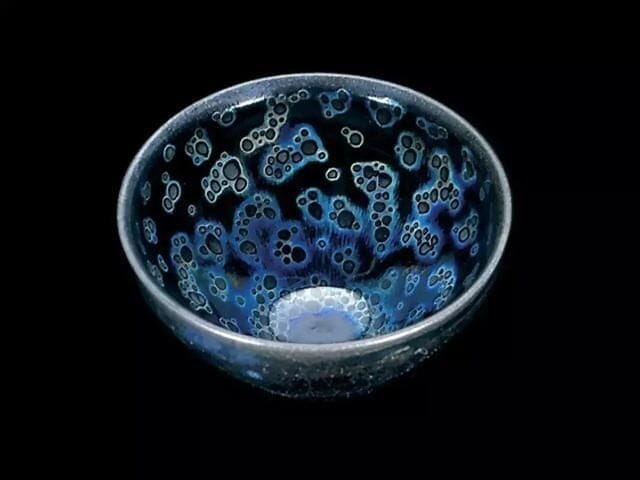
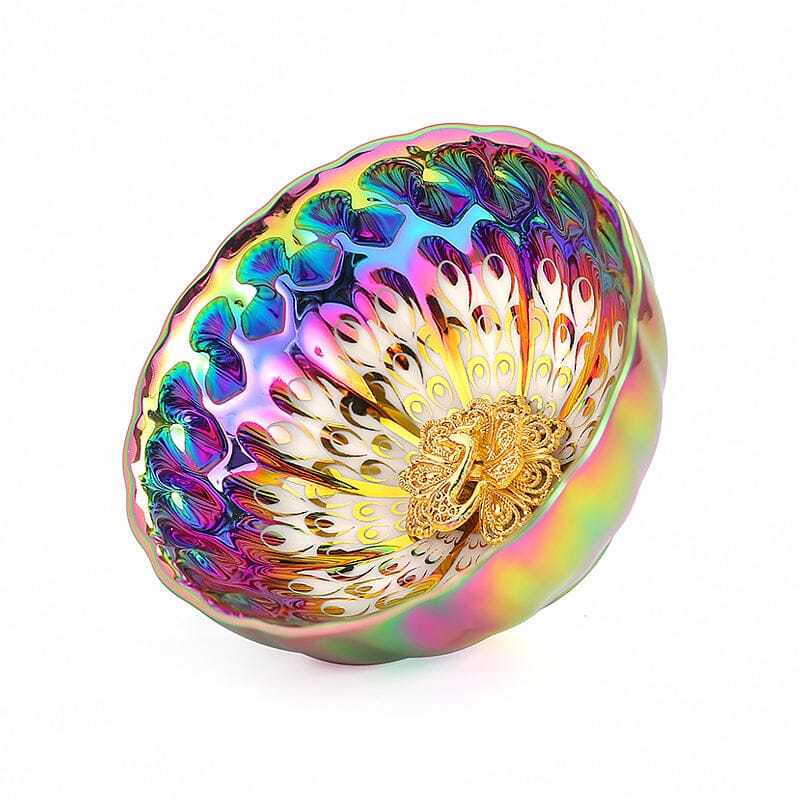


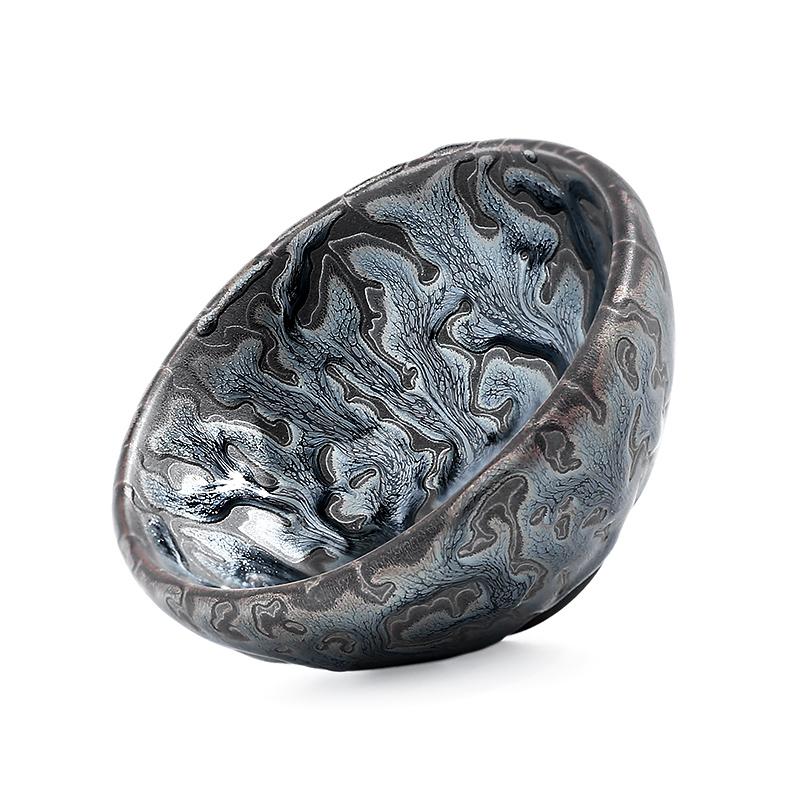
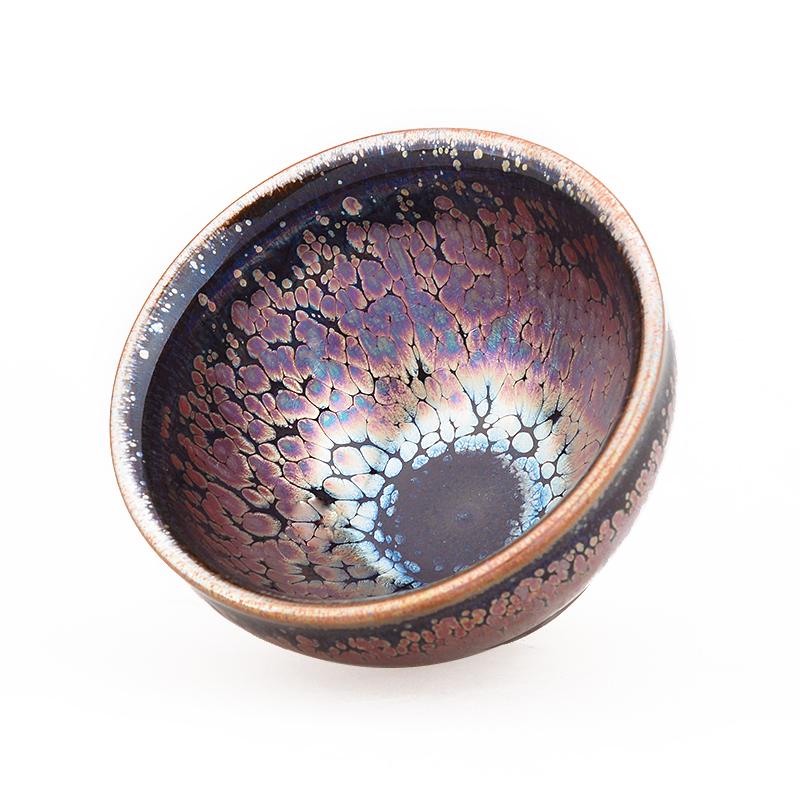
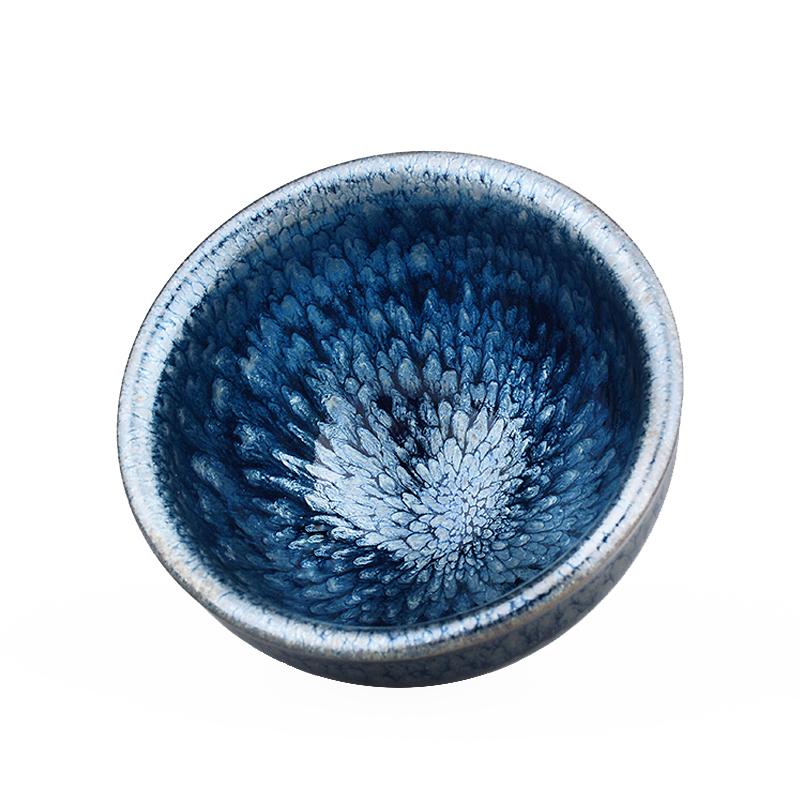
Share:
The profound secrets of Tenmoku teacup shapes and glaze patterns
Cultivating colorful light with Tenmoku over the years